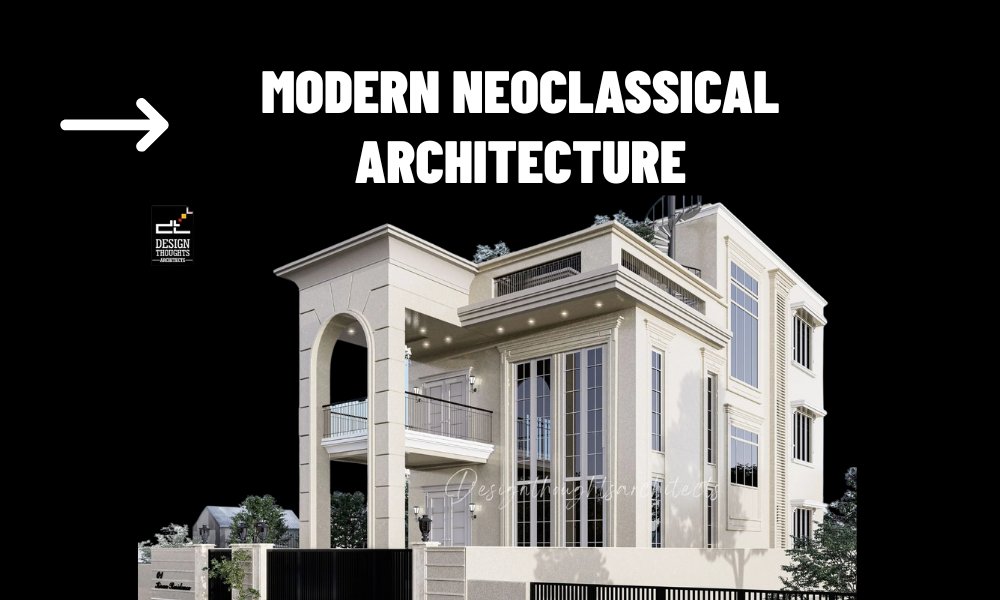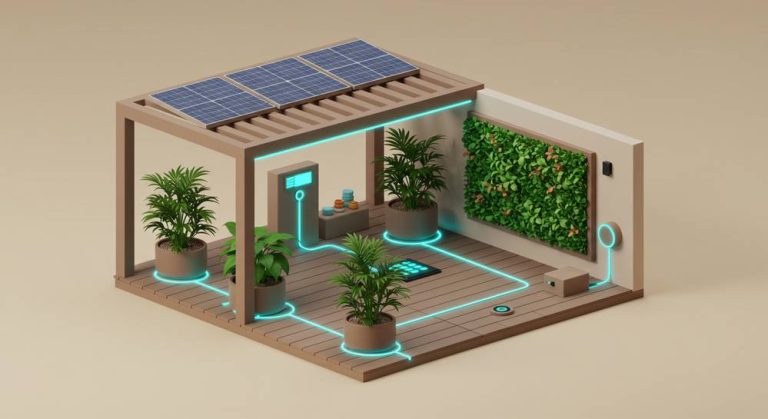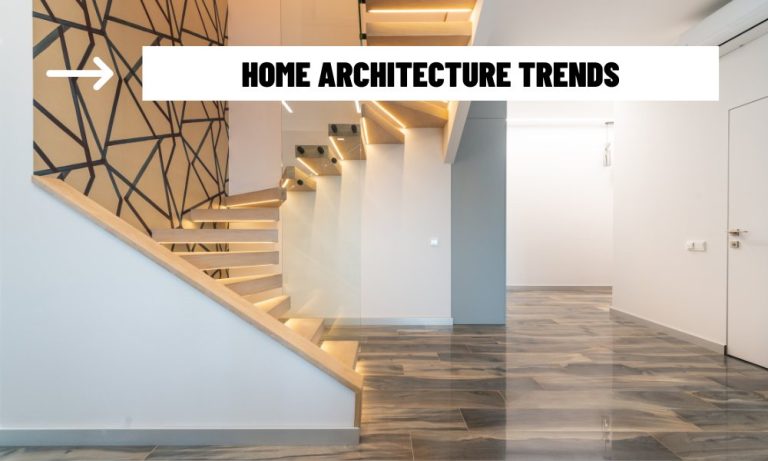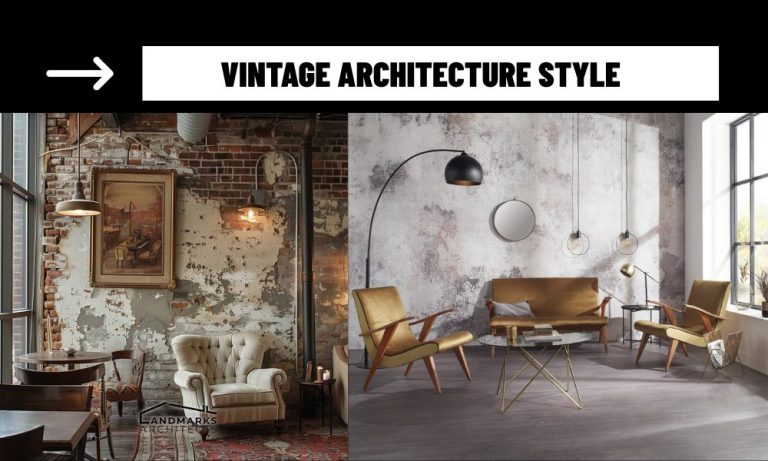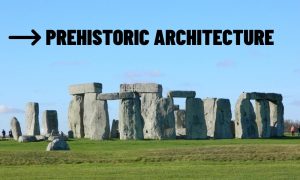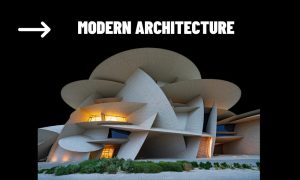Modern Neoclassical architecture draws inspiration from the grandeur of classical styles, merging the beauty of ancient design with contemporary advancements. This architectural movement blends symmetry, proportion, and ornamentation with the efficiency and convenience of modern living. In this article, we explore how this timeless style is evolving and how it’s being adapted to fit the needs of today’s smart homes.
Introduction of Modern Neoclassical Architecture
Modern Neoclassical architecture represents a contemporary reimagining of timeless classical design. It blends the grandeur and symmetry of traditional neoclassical elements with the modern functionalities of today’s world. This fusion creates homes and structures that are both elegant and highly functional, allowing designers to preserve classical aesthetics while incorporating the latest innovations in building materials and smart technologies.
1. What is Modern Neoclassical Architecture?
Neoclassical architecture, first emerging in the 18th century, was a response to the extravagance of the Baroque and Rococo styles. It emphasized simplicity, symmetry, and the use of columns, domes, and pediments inspired by ancient Greek and Roman structures. Today, Modern Neoclassical architecture maintains these core principles but adapts them to suit modern tastes and needs.
Modern Neoclassical structures are known for their use of:
- Clean, straight lines
- Symmetrical facades
- Classical columns (often Corinthian or Ionic)
- Elaborate but balanced detailing
However, today’s version of Neoclassical design embraces new materials like glass, steel, and concrete, often using sleek, minimalist finishes to balance the more ornate classical elements.
The Modern Evolution of Neoclassical Elements
The hallmark of Modern Neoclassical architecture is the ability to combine the old with the new. While the style retains the grandeur of classical architecture, it has evolved to include more contemporary elements that fit the modern world.
For example:
Column structures are often paired with large, open glass windows that connect the interior with the outdoor environment, enhancing natural light and the feeling of openness.
Symmetrical facades are still central, but many modern Neoclassical buildings include asymmetrical touches to add interest and individuality.
The use of advanced building materials, like smart glass, allows for more energy-efficient homes while maintaining the elegant appearance of classical designs.
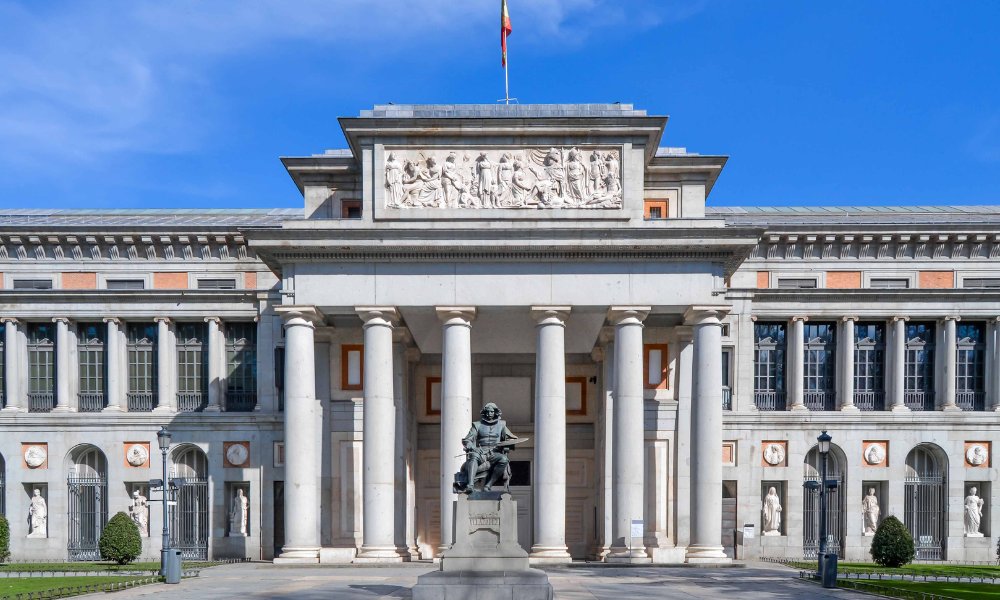
Modern Neoclassical Architecture and Smart Homes
One of the most exciting aspects of Modern Neoclassical architecture is its compatibility with the latest smart home technologies. In the past, classical structures often felt disconnected from the technology of their time. Today, however, modern Neoclassical homes integrate smart systems while preserving their historic appeal.
Smart lighting systems can highlight intricate details like columns, cornices, and moldings, adjusting brightness and color to fit the mood of a room.
Automated climate control systems maintain optimal temperature, while smart windows can adjust the level of light entering based on the time of day or weather conditions.
Security systems in these homes use AI-powered cameras and voice-activated smart locks, offering the highest level of safety while keeping the exterior and interior design untouched.
Integrating these systems ensures that modern Neoclassical architecture remains not only elegant but also energy-efficient, secure, and comfortable.
The Role of Modern Neoclassical Architecture in Sustainable Design
Though Neoclassical architecture is often associated with opulence, Modern Neoclassical architecture has evolved to prioritize sustainability. Classic features like thick walls and large, high windows can be paired with modern energy-efficient technologies, creating homes that are both luxurious and environmentally responsible.
Many modern Neoclassical homes now incorporate green building materials such as:
- Recycled steel and concrete
- Energy-efficient insulation
- Solar panels and green roofs
By utilizing these materials, modern homes can maintain their classical charm while minimizing their environmental footprint. This integration of old and new perfectly aligns with the growing trend of sustainability in architecture.
The Appeal of Modern Neoclassical Design in Luxury Homes
Luxury homes and estates often embrace Modern Neoclassical architecture for its ability to combine classic beauty with the practicalities of modern living. The style is favored by homeowners who want to enjoy the grandeur of traditional design but with the convenience of contemporary living.
Whether it’s a grand estate, a modern townhouse, or an office building, Modern Neoclassical architecture creates spaces that exude sophistication and timeless elegance. Its blend of symmetry, proportionality, and ornamentation appeals to those who value both history and modernity in their homes and workplaces.
Modern Neoclassical architecture represents the evolution of a timeless design philosophy. By blending the classical beauty of ancient Greece and Rome with the smart innovations of the modern world, this style creates homes that are both luxurious and functional.
The fusion of aesthetics and technology is the key to making these spaces not only beautiful but also livable in today’s high-tech world. As the trend of smart homes continues to grow, Modern Neoclassical architecture will undoubtedly remain at the forefront of architectural innovation, combining the best of both worlds.
